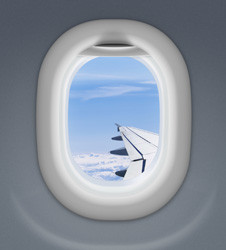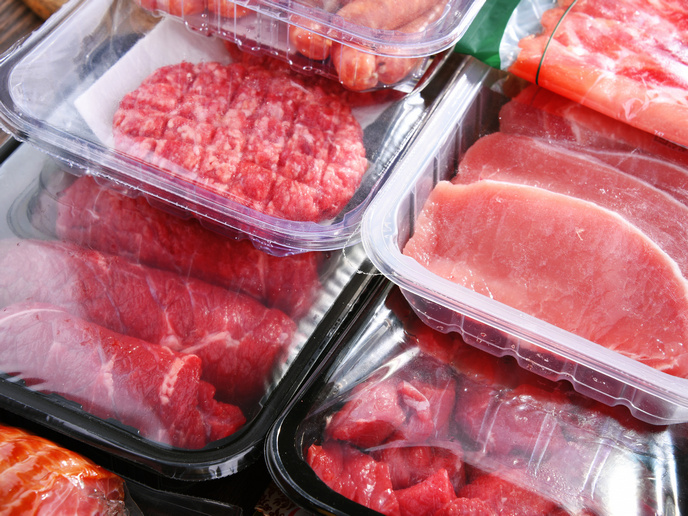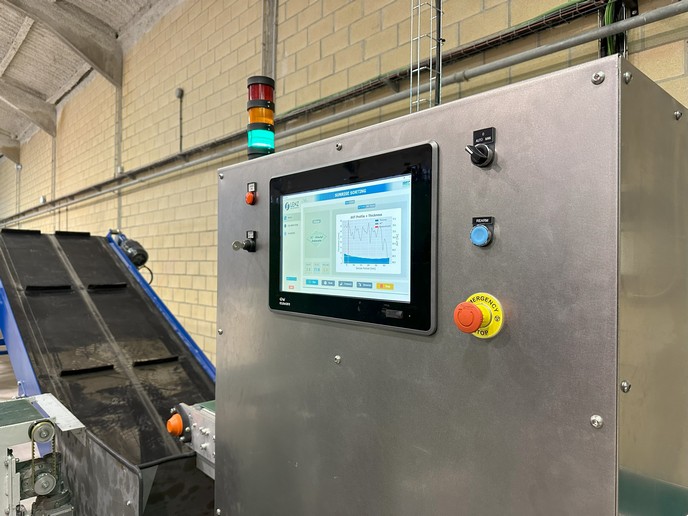Building materials from aircraft insulation
To reduce the aircraft industry's environmental impact, the EU launched its most ambitious aeronautics research programme ever, appropriately called Clean Sky. EU-funded scientists initiated the project 'Integrated approach to manage glass fiber aircraft insulation waste' (IMAGINE) to facilitate nearly complete recycling of aircraft insulation. Scientists first obtained glass wool (fibreglass) blankets from dismantled aircraft. Their potential health hazards led the team to keep only the polymeric bags and purchase commercial insulation with similar characteristics for full process development. Following separation of the insulation materials into constituents, the polymeric bags were shredded and condensed to produce polymeric pellets. The pellets and glass fibres were used to produce polymer composites and cement/concrete formulations to manufacture samples of lightweight concrete, cladding panels and paving blocks. The lightweight concrete incorporating chopped glass fibres instead of sand demonstrated very good mechanical properties. Paving blocks demonstrated suitable characteristics when produced using a specialised pressing machine incorporating vibration and compaction. Cladding panels incorporating glass fibres instead of sand exhibited comparable mechanical and physical properties to the reference. Even better, those incorporating the polymer pellets demonstrated superior mechanical properties. Polymers are ubiquitous and penetrating the polymers market would provide important incentive for recyclation as well. Processability is often an obstacle, but IMAGINE recycled polymeric bags and shredded glass fibres were used to produce satisfactory polymer matrix composites via well-established injection moulding. Secondary recycling products including clay bricks and new insulation glass wool materials were also shown to have satisfactory properties and benefit from better environmental profiles. Clearly, the recycled aircraft insulation materials and resulting products can compete with commercially available ones and offer significant environmental advantages. IMAGINE products formed from 100 % recycled materials will reduce the aircraft industry's carbon footprint and enhance its competitive position. Rapid commercialisation will reduce the burden of landfills, the use of natural resources and energy, and protect human health and the environment.
Keywords
Aircraft, insulation, recycling, polymeric, glass fibres







